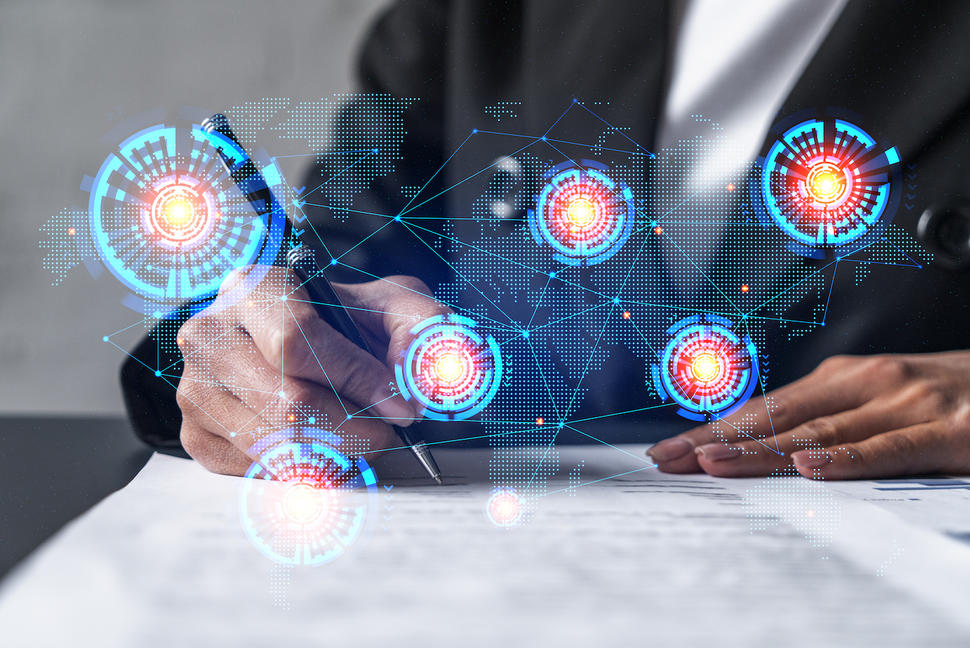General License Information
- License Agreements are legally binding and are subject to Federal, state, and local regulatory authorities;
- NIH licensees have the right to exclude others from making, using, importing, or selling the licensed invention within the field(s) of use identified within the license;
- The licensee can choose to license a technology using either an Exclusive License Agreement or a Non-exclusive License Agreement;
- The Exclusive License limits the use of the invention to a single group or entity in a particular field of use;
- A Non-exclusive License allows the invention’s use by multiple entities within the same field of use.
- A license may cover one or more patented, or patent pending, inventions as well as unpatented biological materials or software code;
- The licensee will be required to pay licensing fees and make royalty payments, the frequency and amount of which are determined as part of the Licensing Application’s negotiation process
- Payments and royalties are based in part on the type of license selected and other factors associated with the value of the licensed invention to the market place once commercialized.
The NCI TTC developed several model License Agreements that serve as the baseline starting point for all license negotiations.
- A business development plan must be submitted as part of the license application process, and serves as the basis for establishing performance benchmarks that are included in the license agreement;
- Once a license is awarded, the NIH Office of Technology Transfer (OTT) and the NCI TTC work closely with licensees to monitor performance and to adjust benchmarks, when appropriate, to ensure successful commercial launch of the invention;
- Licensees are required to provide annual confidential reports on their “use of” or “commercialization efforts for” a licensed technology;
- These reports are kept confidential, to the extent permitted by law;
- The license is revocable under specific circumstances, such as (but not limited to): non-use of the patent, material breach of the terms, failure to comply with governing regulations, or failure to satisfy public health needs.
Learn more about the NIH licensing process.
Summary of License Types
| TYPE | SUBTYPE | FEATURES | INTELLECTUAL PROPERTY |
|---|---|---|---|
| NON-EXCLUSIVE | Commercial Evaluation License Agreement |
| NIH-patented invention |
| Non-exclusive Patent License Agreement |
| NIH-patented invention | |
| |||
| Biological Material License Agreement |
| Non-patented biological materials | |
| |||
| Non-profit License Agreement | For non-profits | Patented inventions and non-patented biological materials | |
| EXCLUSIVE |
| NIH-patented invention | |
| Non-profit License Agreement | For non-profits | NIH-patented inventions and non-patented biological materials | |
| Start-Up 3.0 Exclusive License Program |
| Selected NCI-only patented inventions including therapeutics, vaccines, devices and certain diagnostics | |
| OTHER | License Agreement Amendment | Amendment to executed license agreement |
Documents and Resources
